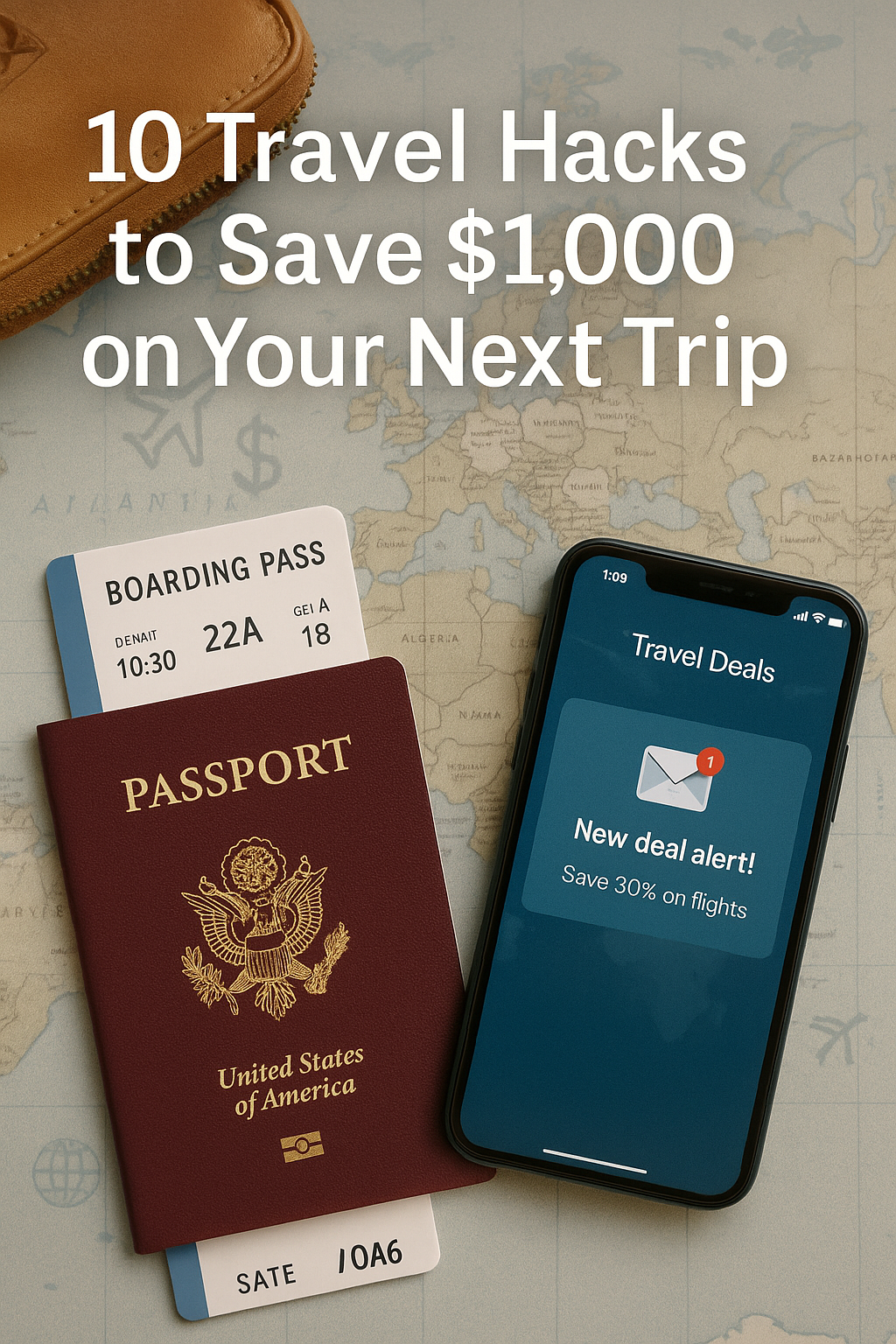How to survive—and thrive—in Korea with just a smartphone
1. Why Smart Living in Korea Is Easier Than You Think
Living abroad can feel complex—but Korea’s digital ecosystem makes it incredibly manageable. From transportation to healthcare, nearly every aspect of daily life is digitized and optimized. As a digital nomad or expat, you can thrive here with minimal stress—if you know what apps to use and how to integrate them into real life.
2. Top Essential Apps for Life in Korea
KakaoTalk – Korea’s Social Operating System
KakaoTalk isn’t just a messaging app—it’s the core of Korean communication. It powers chat, file sharing, voice/video calls, mobile payments (KakaoPay), taxi booking, and even COVID health passes. If you don’t use it, you’ll miss out on 90% of Korean life.
Coupang / Market Kurly / Gmarket – Online Shopping Kings
Korea’s online shopping is world-class. Coupang delivers next-morning—even without subscription. Market Kurly focuses on gourmet and fresh food. Gmarket provides an English interface and global shipping for international users.
Subway Korea / KakaoMap / Naver Map – Transit Like a Local
Forget Google Maps. Use Subway Korea for routes. KakaoMap/Naver Map show exits, photos, stairs, elevators, and bus times. You’ll never get lost again—even underground.
Toss / KakaoPay / NaverPay – Go Fully Cashless
From splitting bills to paying rent, these apps make cash obsolete. Some allow foreign card linkage. With biometric login and push notifications, managing finances is fast and safe.
Baemin / Yogiyo / Shuttle – Master Food Delivery
You can order literally anything—from street tteokbokki to Michelin-rated BBQ. Shuttle supports English. These apps even save previous orders and suggest local favorites.
Papago / Google Translate – Your Language Lifeline
Papago is Korea’s go-to for translation, especially for nuance. Great for restaurant menus, conversations, doctor visits, or street signs. Use camera or voice modes for instant help.
3. Hidden Features & Digital Hacks Most Expats Miss
Use ‘Hidden Menus’ in Apps
Apps like Naver and Kakao offer discounts, community deals, and real-time events—but only if you dig into side menus or settings. Try exploring more than just the homepage.
Automate Repetitive Tasks
Set recurring bill payments via Toss or your bank app. Use Subway app’s ‘home-to-work’ feature. You can automate SIM top-ups, utilities, and even tax statements.
Use Loyalty Programs in English
Many chains (Starbucks, Olive Young, CU, GS25) have apps with English language options. Join for digital coupons and point stacking. Use Google Lens if Korean-only.
4. Essential Korean Services That Only Locals Know
DdocDoc – Easy Doctor Booking
This Korean medical booking app lets you find local clinics, see reviews, and book appointments. It supports English and even shows which clinics accept foreigners.
Goodoc – Pharmacy Info & Discounts
Search for nearby open pharmacies, see wait times, and even get coupons for over-the-counter meds. Critical when sick at night or on weekends.
HiKorea & Government24
For visa info, tax documents, and residency paperwork. These apps connect to government systems and help you stay compliant—no lines at immigration offices.
5. Hidden Benefits for Foreigners in Korea
- Free Korean classes offered by many city governments
- Job support centers (like Seoul Global Center) with resume help
- Cashback rewards when using certain cards at local stores
- Bike rentals like Seoul’s ‘Ddareungi’ app with English option
- Foreign-only housing listings on apps like Ziptoss & Airbnb Korea
6. Offline + Online Survival Combo
- Show your address in Korean via Naver Map when taking a taxi
- Save translated screenshots of your allergies, medication, or emergency contacts
- Use apps like Mangoplate to explore restaurants, but check reviews in Korean too
- Join Kakao open chat groups for real-time local support (search: 외국인+도움)
7. Smart Living = Smart Saving
When you combine these apps with a few local habits, you’ll reduce costs and gain freedom. Whether you’re in Seoul or Busan, a digital-savvy lifestyle lets you focus more on growth, travel, and joy—without burning through your savings.
Coming Up Next:
Digital Nomad Checklist for Korea – Everything You Need to Prepare Before You Land
→ SIM cards, transit cards, VPNs, emergency info, and power adapters—the full gear guide.


